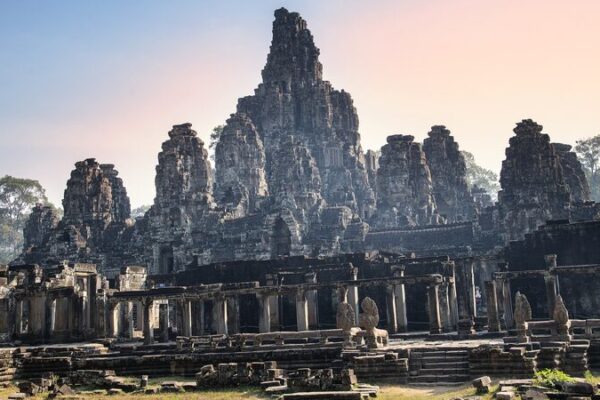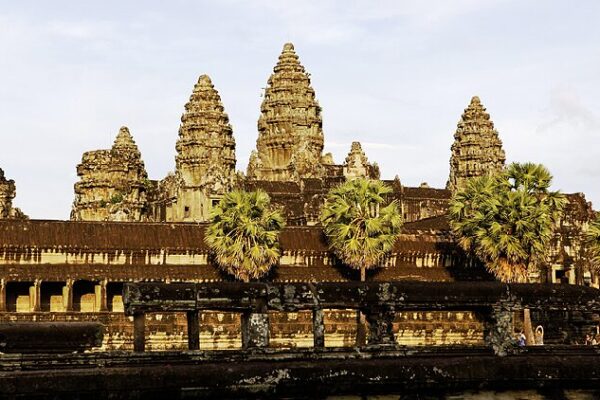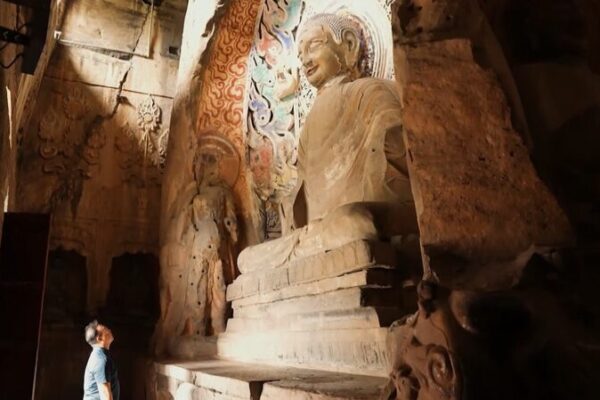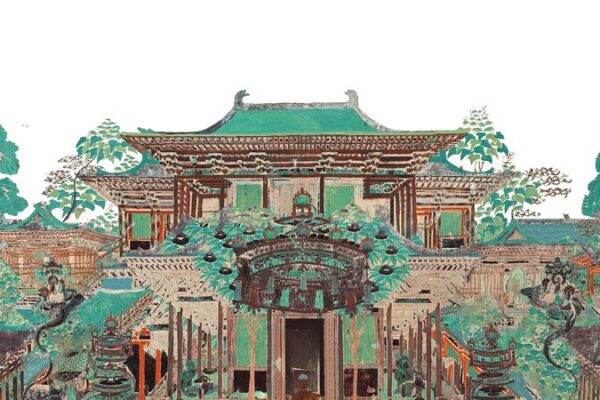From the deserts of China’s Gansu Province to the jungles of Cambodia, two ancient sites stand as testaments to human creativity and devotion: the Mogao Grottoes and Angkor Wat.
Mogao Grottoes: A Silk Road Treasure
Nestled near the city of Dunhuang, the Mogao Grottoes are a collection of over 700 caves carved into cliffs, dating back to the 4th century. These caves house thousands of exquisite murals, sculptures, and ancient manuscripts, offering a window into a millennium of Chinese art, religion, and culture. The grottoes reflect the dynamic cultural exchanges that took place along the historic Silk Road, blending influences from various regions and traditions.
Angkor Wat: The Crown of the Khmer Empire
Built in the early 12th century, Angkor Wat is a sprawling temple complex that symbolizes the zenith of the Khmer Empire’s architectural prowess. Covering over 400 acres, it’s renowned for its grand design and intricate bas-reliefs depicting scenes from Hindu epics. Originally dedicated to the Hindu god Vishnu, it later transformed into a Buddhist temple, mirroring Cambodia’s spiritual evolution.
Contrasting Cultures, Shared Heritage
While the Mogao Grottoes and Angkor Wat differ in their origins and artistic styles, both sites highlight the profound impact of religion on art and architecture. The Mogao Grottoes showcase Buddhist devotion expressed through the meticulous work of generations of artists and monks. In contrast, Angkor Wat represents the fusion of Hinduism and Buddhism, encapsulating the cultural shifts of the region.
Preserving the Past for Future Generations
These iconic landmarks underscore the universal importance of preserving cultural heritage. They remind us of humanity’s shared past and the diverse expressions of art and spirituality. As modern development accelerates, safeguarding such sites becomes crucial to maintain the connection between past and present.
The Mogao Grottoes and Angkor Wat continue to inspire awe and admiration, inviting visitors from around the world to explore the rich tapestries of history they embody. They stand not only as relics of the past but as enduring symbols of human ingenuity and the timeless pursuit of meaning.
Reference(s):
Mogao Grottoes and Angkor Wat: A comparison of cultural significance
cgtn.com







